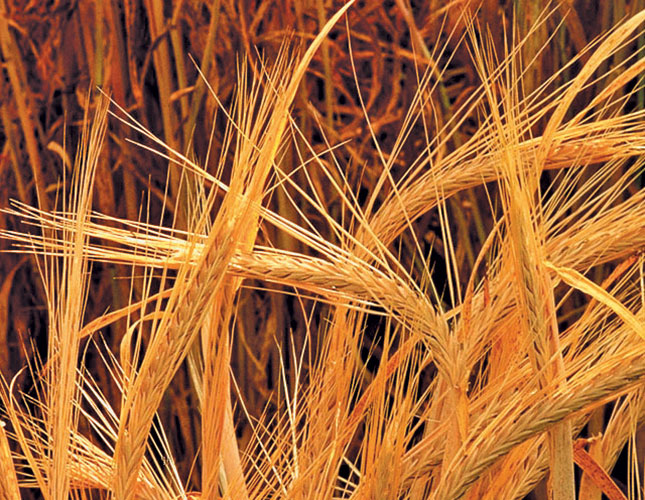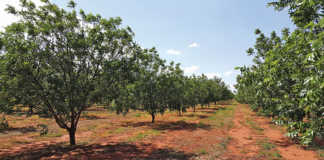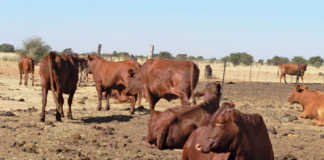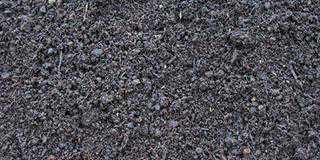
The article assumes an understanding of how to grow wheat, as the soil preparation is similar. Note, however, that a very fine and even seedbed is required; if you do not provide this, the crop will develop unevenly, leading to uneven ripening and quality.
Cocktail and Puma are currently the recommended cultivars for commercial production under irrigation.
The seed is treated with an insecticide and fungicide, the latter to prevent powdery mildew during the 10-week developmental stage of the seedlings, as well as covered and loose smut.
Choosing a cultivar
The most important factors that determine cultivar choice are:
Growth period
The average number of days from emergence to maturity. To obtain this result, the cultivar must be adapted to the climatic conditions of the area. The growth period for Puma is medium fast in the right region and medium for Cocktail.
Straw strength
The ability of a cultivar to remain standing (no lodging) under extreme conditions is largely determined by straw length and thickness.
Lodging (bending) often results in considerable yield and grain quality loss. It is usually a problem where critical yield potential conditions have been exceeded, but poor irrigation practices and excessive nitrogen fertilisation or seeding density can also play a role. Puma and Cocktail have a medium straw strength.
Peduncle strength
The strength of the straw between the flag leaf and the head/ear. It determines the cultivar’s susceptibility to wind damage. Puma and Cocktail have a medium peduncle strength.
Kernel plumpness
Determines the grade of the grain. A soil water deficit and heat stress during the grain-filling period can cause considerable losses. Puma has a medium plumpness value and Cocktail a medium low value.
Planting practices
The planting equipment used for wheat is suitable for barley. Do not plant barley seed too deep, however, as this can affect seedling emergence. Table 1 shows optimal planting dates. These may vary in certain micro-climates in the areas.
Planting density can range from 65kg/ha to 100kg/ha depending on the state of the seedbed, planting date, irrigation method and planter used.
The average recommended planting density is 80kg/ha, given a 100% germination capacity and a 1 000-kernel weight of approximately 40g.
Aim to establish 130 to 140 plants/m² at harvesting. Between 65kg/ ha and 80kg/ ha seed ought to be sufficient under centre pivot conditions with optimal seedbed preparation. Increase planting density if flood irrigation is available (see Table 2).
The 1 000-kernel weight (see panel above) and the germination capacity of the seed can vary from year to year, so adjust seeding density accordingly.
For more information about SAB Maltings’ requirements, phone the South African Barley Breeding Institute at 028 212 2943. Visit www.sabbi.org
Source: Kotzé, GJ: ‘Guidelines for the production of malting barley under irrigation’, SAB Maltings, Kimberley.













